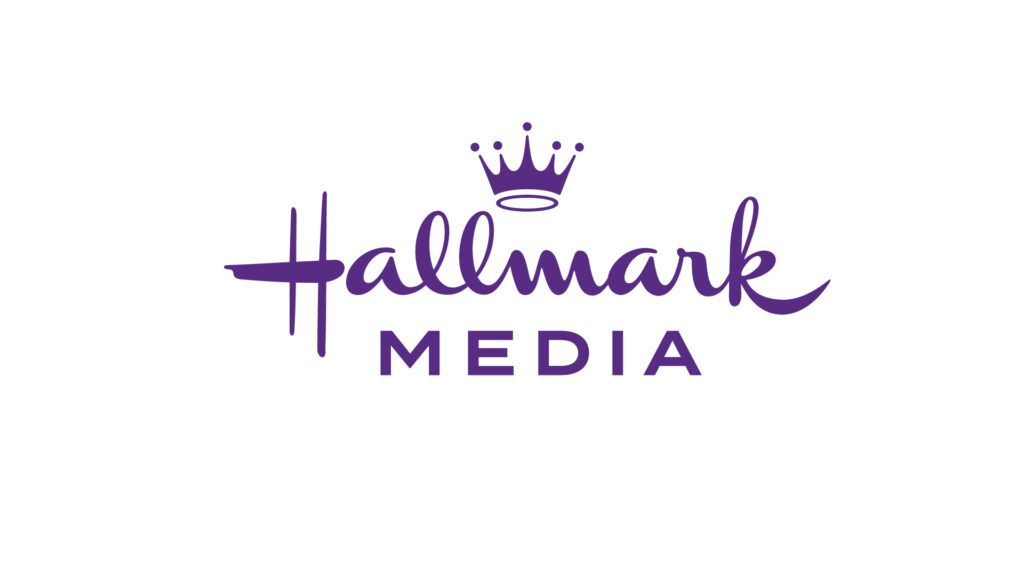Great Plains Software Inc., which sells management and accounting software through resellers, had a problem two years ago.
The Fargo, ND-based firm did not have a systematic approach for prequalifying leads generated online and through direct mail and seminars. Sales growth lagged because resellers were wasting time pursuing unproductive leads.
Then Great Plains addressed the problem. Eighteen months ago, it launched a teleservices lead prequalifying program, working with Michael Brown, president of Austin, TX-based Business Marketing Consultancy.
The result? Great Plains boosted the quality and quantify of the leads it forwards to resellers contributing to a 54% increase in sales volume – to $134.9 million – in one year. Another double-digit increase in sales revenue growth was anticipated for the fiscal year scheduled to end on May 31.
“The biggest advantage is that it increases the capacity for resellers to go after hot leads,” says Roger Demers, customer acquisition marketing manager for Great Plains. “We don’t want them bogged down with cold leads.”
Great Plains markets software programs for accounting and financial management, human resources management, manufacturing, sales and marketing and other business applications. The marketing cycle typically ranges three to six months between the time a lead is generated and a reseller closes a sale.
Brown helped Great Plains develop a 28-point system for scoring and selecting leads. The point system is based on seven key database variables.
Until a prospect meets a score threshold for a particular product offering the lead is retained in-house for “nurturing” with promotions before the lead is passed to a reseller.
Great Plains uses scoring data to target customized e-mail every three weeks and direct mail every four weeks, followed up by a monthly outbound phone call.
The data for targeting prospects is gathered during conversations with phone reps at Great Plains handling inbound and outbound calls. The company makes about 800 hours of outbound and answers about 500 hours of inbound calls monthly. Calls average 8 minutes in length, with the inbound calls tending to be shorter.
Additional data is collected through click stream analysis of the Web site (www.greatplains.com). “In the last few months we’ve been trying to do a lot more electronic online marketing,” Demers says.
Although Great Plains prequalifies increasingly numbers of leads online, Demers says e-mail and Web site profiling can never replace live phone contact.
“I don’t think we’ll ever not need the phone for getting information, if anything we’ll get better at using the phone,” he says.
Phone reps try to learn why a customer responded to an offer from Great Plains. They have no predetermined subsequent questions, but instead steer conversations in sync with the responses a prospect gives, while seeking information to prequalify the leads.
“It’s not really seven questions that we’re asking but rather seven answers we’re looking for, Demers says. It’s an open-ended conversation.”
Without using scripts phone reps try to find out who are the key players are in making purchase decisions, competitive products being considered, ascertain the prospect’s software needs, the company’s internal purchasing procedures, budget and purchasing timetable.
“At the end of every conversation,” says Demers, “we ask the customer: `How do you want us to stay in contact?’ The large majority say by phone, and some say by e-mail.”
 Network
Network

